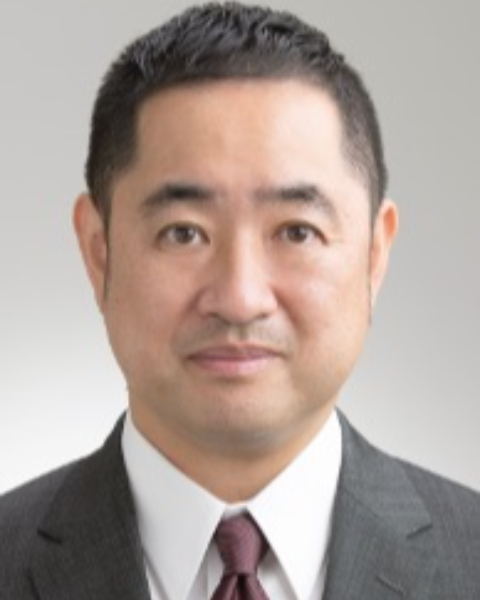2620 - Radiation Therapy Oncology Group 8502 "QUAD Shot" Regimen Using Volumetric Modulated Arc Radiotherapy for Incurable Head and Neck Cancer
Screen: 18

Ryo Toya, MD, PhD
Nagasaki University
Nagasaki, Nagasaki
Presenter(s)
Purpose/Objective(s): To evaluate the outcomes of the Radiation Therapy Oncology Group (RTOG) 8502 “QUAD shot” regimen using volumetric modulated arc radiotherapy (VMAT) for incurable head and neck cancer (HNC).
Materials/
Methods: We involved 105 patients with HNC in the study, undergoing at least one QUAD shot cycle. All patients were ineligible for definitive treatment because they had met one or more of the following conditions: advanced age (=85 years old), advanced disease, poor performance status, history of radiotherapy (RT), severe comorbidity, and refusal to undergo curative treatment. RT planning was performed using VMAT with 6 MV photons. One QUAD shot cycle included two daily fractions of 3.7 Gy with an interval of at least 6 h for 2 consecutive days, totaling 14.8 Gy over four fractions. This was repeated every 3–6 weeks up to 3 cycles. For each treatment cycle, we performed planning CT scan and replanning for adaptive RT. Systemic therapy was not performed unless patients exhibited distant metastasis or secondary primary tumor originating in previous RT target volumes.
Results: We completed 1, 2, and 3 cycles in 11 (10%), 17 (16%), and 77 (73%) patients, respectively. The most common histological patient characteristics was squamous cell carcinoma (SCC) (83%). Systemic therapy was performed in 13 (12%) patients. Tumor response was observed in 92 (88%) patients and at least one symptom relief in 51 (71%) of 72 patients. The most common symptom was pain, and pain relief was obtained in 43 (73%) of 59 patients. We observed an overall response (tumor response or symptom relief) in 98 (93%) patients with all patients achieving it who completed 3 cycles. The median follow-up duration for all and the living patients was 6.6 and 25.3 months, respectively. The median overall survival (OS) was 6.8 months. Multivariate analysis revealed that non-SCC (p < 0.001), T category of 0–2 (p = 0.021), and 3 cycles of QUAD shot (p < 0.001) were significantly associated with better OS. Median progression-free survival (PFS) was 5.6 months. Multivariate analysis revealed that non-SCC (p < 0.001) and 3 cycles of QUAD shot (p < 0.001) were significantly associated with better PFS. Grade 3 toxicity was observed in 2 patients (2%) and both of them displayed mucositis. We observed no =Grade 4 acute or =Grade 3 late toxicity.
Conclusion: The RTOG 8502 “QUAD shot” regimen using VMAT provides appropriate palliative effect with reduced toxicity in patients with incurable HNC. This treatment must be considered not only for patients with SCC but also with non-SCC. Treatment with higher QUAD shot cycle number would be recommended for better treatment outcomes.
